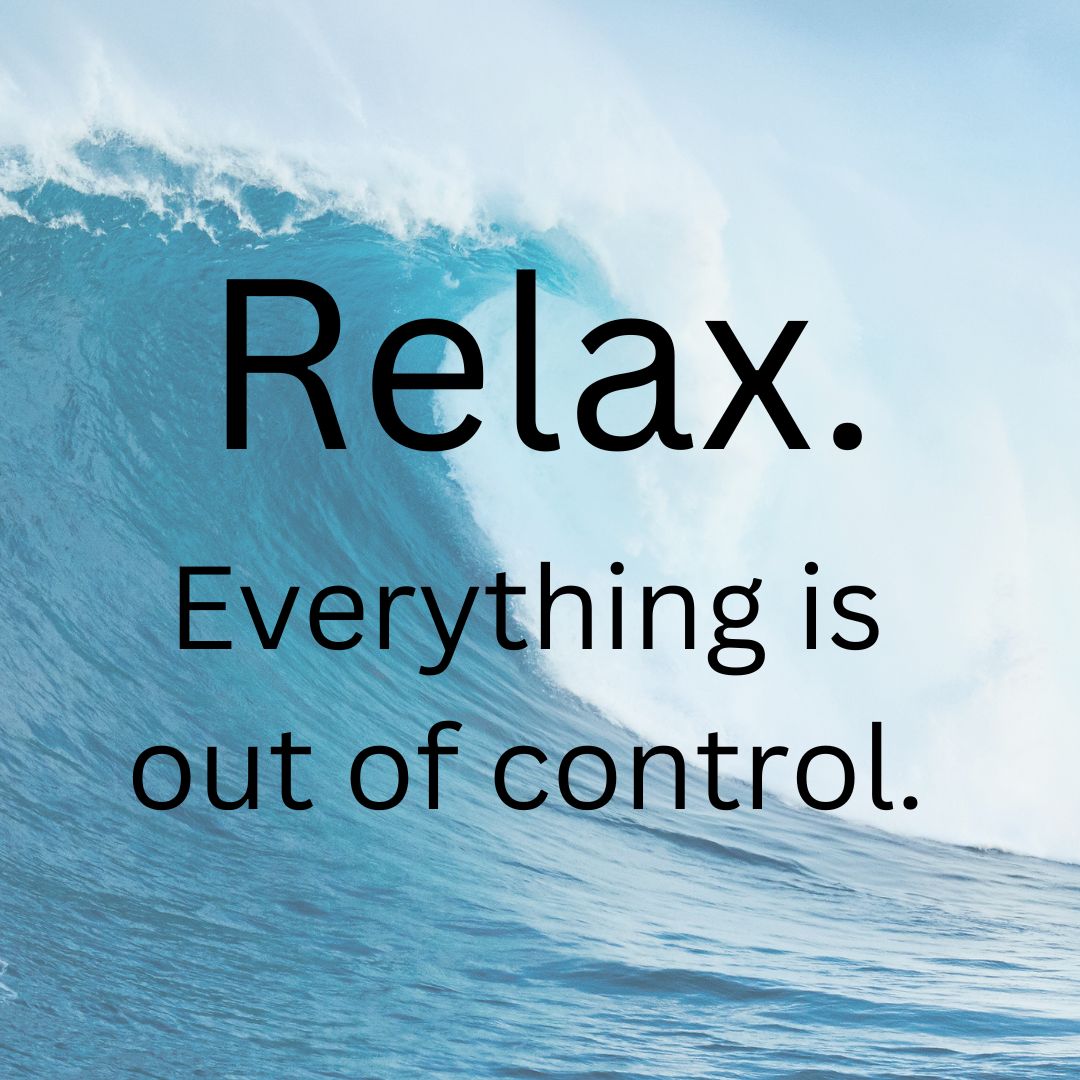
I was thinking recently about an interview with anatomist John Sharkey that I listened to several years ago. He explained to the interviewer that over the course of his career in which he had dissected hundreds of human cadavers, no two people shared the exact same anatomy. Yes, most of us have the same muscles and bones in common, but when it comes to proportions, bone lengths, and muscle attachments, no two humans are alike. (Which explains a lot about why some of us have trouble finding clothes that fit.)
But what I’m really curious about is the way we often describe a right way and a wrong way of doing a movement or exercise, given our uniqueness. If the muscles that connect my legs to my pelvis are attached in a slightly different place than those that connect your legs to your pelvis, aren’t the mechanics of our hip joints slightly different as well? Isn’t it probable that we will have different ranges of movement, different hip mobility? And that when we perceive someone as being very flexible, a large part of that may be connected (haha) to how their particular muscles attach to their particular bones?
This realization was a game changer for someone like me. I had spent years looking at the more flexible people around me with a combination of resentment and envy, thinking my perceived stiffness was something I could fix by trying harder, that flexibility would be granted if I just came to the work with the right spirit and intention. I couldn’t think or will myself into becoming someone who could sit comfortably in Lotus pose, and I inflicted lasting damage to my hip joints before learning that lesson.
It was challenging and freeing to give up the “shoulds” I had held onto around flexibility, especially as a teacher of movement. I am grateful now to be able to offer my students the tools they need to make the choices I didn’t believe I had fifteen years ago. I think we need constant reminding that we do have choices, even when we think we don’t, and that’s what I try to offer my students and clients. Far too often, we think that if we can’t do something the way we think we’re supposed to do it, we can’t do it at all. To make choices, we need to have information and we must be empowered to use it. We need to pay attention to what we’re feeling to notice if a choice we’re making is causing us strain or pain; we need to acknowledge the choices we made that have brought us to this point, back up and make some changes. Maybe we put a foot in a slightly different place; maybe we bend a knee a little less; maybe we move a little more slowly; maybe we spend less time with a movement. (If you’re thinking I use the word maybe a lot as I’m teaching, you’re right!)
I think the beautiful thing about this learning around choices is that we can apply it to other areas of our lives. There are choices to make in almost every moment of each day. Does that sound overwhelming?!? What if we called them opportunities? Is that better? There is the choice to do something or not do it, but life isn’t that simple. There are choices we can make around the timing of an action, and the energy and enthusiasm we put into it. There are choices we can make about how we communicate (or don’t) around our actions. There are choices we can make about the ways we’re using our words, our thoughts, our emotional energy. Yes, it can sound a bit overwhelming to realize we have so many choices. But I believe that each choice represents agency, accountability, and freedom.
I recently finished a book – yes, it’s always a book with me, isn’t it?!? – in which the author suggested a question for when we’re feeling unsure or stuck about our next choice. “Does this choice enlarge or diminish?” Asking ourselves that question when we have a decision to make brings us quickly to the crux of the matter, doesn’t it?
As always, I would love to hear your thoughts about this newsletter, your experiences with making choices that aren’t right or wrong but are based on your own uniqueness.
Curious about the interview about our shared uniqueness? It can be found in the archive of Liberated Body podcasts. Listen here.




